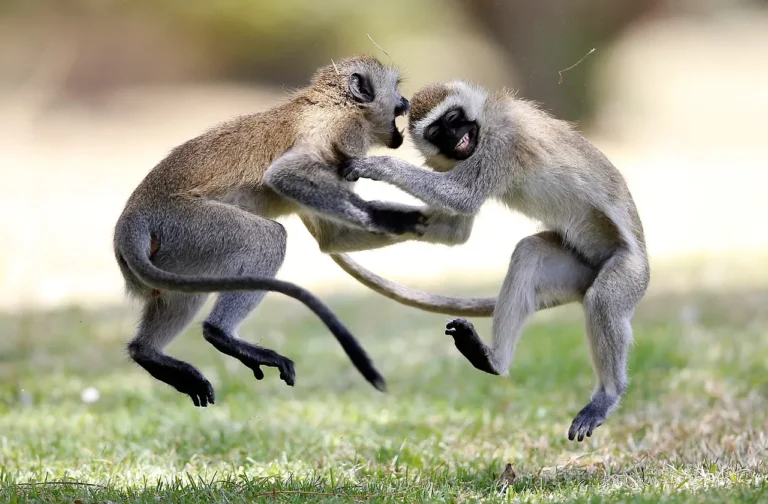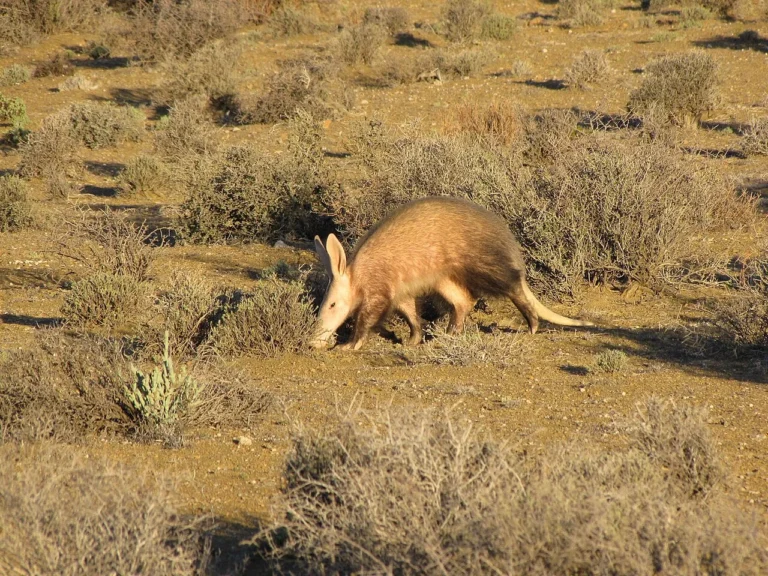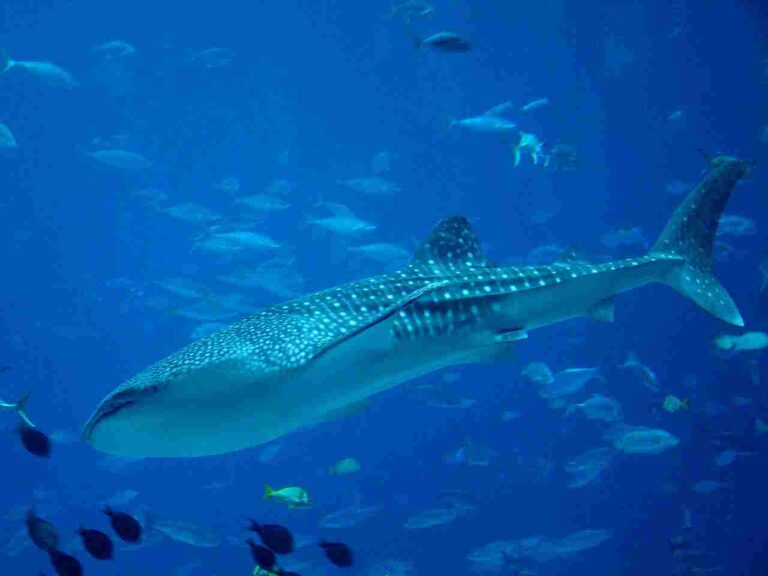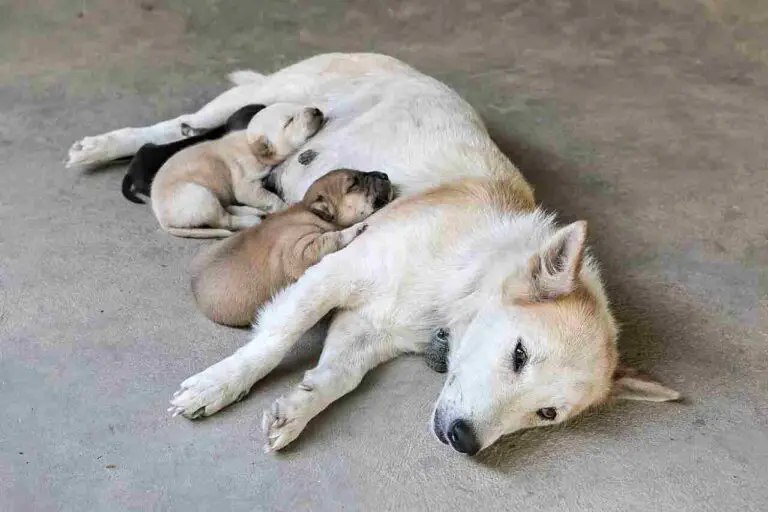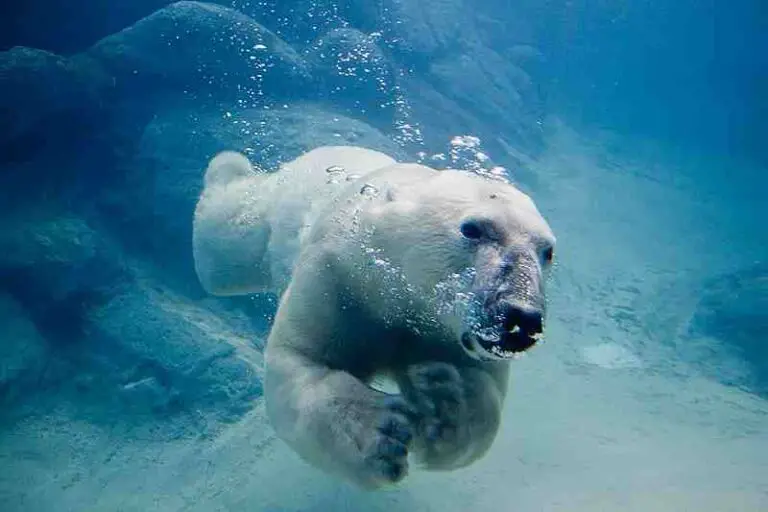5 Causes of Overgrazing Explained
Causes of overgrazing are; unfavorable climate, poor grazing management, land resource scarcity, excessively-large herbivore population, and unsustainable agriculture.
This article discusses the causes of overgrazing, as follows;
1). Unfavorable Climate (as one of the Causes of Overgrazing)
The relationship between overgrazing and climate is a cost-and-effect one.
Overgrazing risk and rate are generally higher in areas where climatic conditions incline toward shortage of water resources.
This includes areas prone to desertification, drought, and general dry weather conditions with lower-than-average amount of rainfall.
In such areas, intensive and unregulated cattle grazing can rapidly deplete forage vegetation and expose soil to the effects of overgrazing, including any of various forms of degradation like soil erosion and compaction.
As a result, it is more common to encounter overgrazing problems in semiarid areas and zones occupied by natural ecosystems like grasslands and prairies, than in tropical, humid zones occupied by forests [1].
Climate usually works alongside other factors like soil characteristics and regional drainage, as well as livestock metrics, to determine the risk and severity of overgrazing.
Overgrazing is also a cause of climate change, since it involves the removal and loss of plant biomass, which is a natural carbon sink and facilitator of carbon sequestration and greenhouse gas absorption [2].
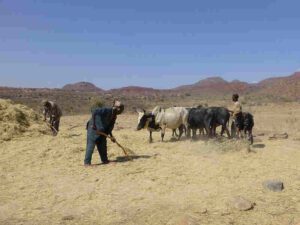
2). Poor Grazing Management
Poor management of grazing activities for both agricultural livestock and herbivorous wildlife is a major cause of overgrazing.
This poor management includes non-regulation of spatial and temporal distribution and concentration of livestock, as well as lack of consideration of the natural capacity of the environment to meet the dietary needs of herbivores.
The outcome of uncontrolled grazing in most cases is overgrazing.
To prevent mismanagement and its effects, grazing-regulation strategies like rotational grazing and some practices of forest management, can be implemented [3].
3). Land Resource Scarcity (as one of the Causes of Overgrazing)
Land scarcity is another environmental and socioeconomic factor that can contribute to overgrazing.
This is because the risk of forage inadequacy and excessively-high livestock density (both of which facilitate overgrazing) increase with decrease in grazing-land area.
As a result, areas where pastoral land resources have been depleted by human encroachment, deforestation and pollution among others, are more prone to overgrazing, with generally-higher severity of degradation.
It is also such areas that are more likely to experience drastic ecologic conversions such as desertification.
4). Excessively-Large Herbivore Population
Both natural and anthropogenic factors can cause increase in regional herbivore-population sizes.
Such populations can comprise of agricultural livestock, wild ruminants, and herbivorous insects.
Habitat fragmentation by human activities, can offset the natural distribution and migration-patterns, as well as reproduction, of herbivorous species; in such a manner that could lead to unsustainable rates of population expansion.
As with all cases of overpopulation, herbivorous population expansion places a strain on natural resources that include soil, water and forage.
Ultimately, this can cause resource depletion and environmental degradation.
Studies of the effect(s) of human activities on herbivore population in natural ecosystems like tundras, have shown that human activities can significantly expand large-herbivore populations, among others [4].
5). Unsustainable Agriculture (as one of the Causes of Overgrazing)
Since agricultural livestock plays a big role in overgrazing in many parts of the world, it is arguable that unsustainable agriculture is a major cause of the problem.
There are multiple means by which unsustainable agriculture contributes to overgrazing problems.
One of them is through the impact of such practices on the environment.
Prolonged subjection of land to the effects of unsustainable agriculture can cause changes in climate, soil and water resources, which could affect forage productivity and encourage rapid vegetation loss.
Alternatively, unsustainable pastoral farming practices include lack of control of livestock grazing activities, which is a cause of overgrazing.
Conclusion
Causes of overgrazing are;
1. Unfavorable Climate
2. Poor Grazing Management
3. Land Resource Scarcity
4. Excessively-Large Herbivore Population
5. Unsustainable Agriculture
References
1). Abdelsalam, M. I. (2022). “Effects of Overgrazing on Rangeland Resources in Semi-arid Areas and Rangel and Management: A review Article.” Agrica 10(2):144-151. Available at: https://www.researchgate.net/publication/359108294_Effects_of_Overgrazing_on_Rangeland_Resources_in_Semi-arid_Areas_and_Rangel_and_Management_A_review_Article. (Accessed 10 December 2022).
2). Dlamini, P.; Chivenge, P.; Chaplot, V. (2016). “Overgrazing decreases soil organic carbon stocks the most under dry climates and low soil pH: A meta-analysis shows.” Agriculture Ecosystems & Environment 221:258-269. Available at: https://doi.org/10.1016/j.agee.2016.01.026. (Accessed 10 December 2022).
3). Dong, L.; Martinsen, V.; Wu, Y.; Zheng, Y.; Liang, C.; Liu, Z.; Mulder, J. (2020). “Effect of grazing exclusion and rotational grazing on labile soil organic carbon in north China.” European Journal of Soil Science 72(1). Available at: https://doi.org/10.1111/ejss.12952. (Accessed 10 December 2022).
4). Van der Wal, R. (2006). “Do herbivores cause habitat degradation or vegetation state transition? Evidence from the tundra.” Oikos 114(1):177 – 186. Available at: https://doi.org/10.1111/j.2006.0030-1299.14264.x. (Accessed 9 December 2022).
